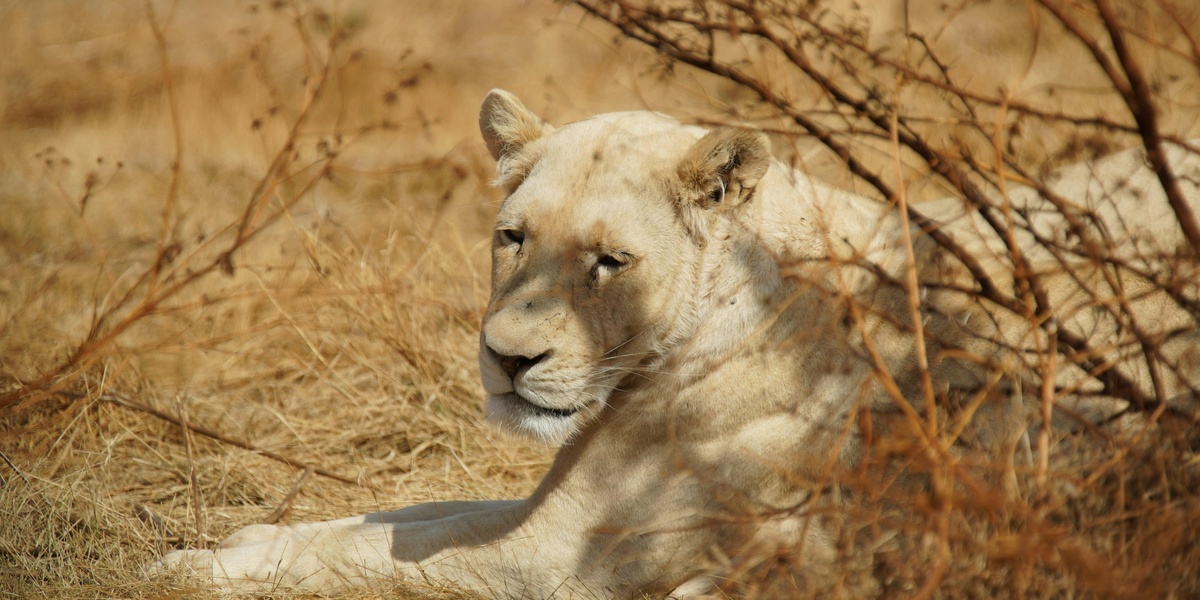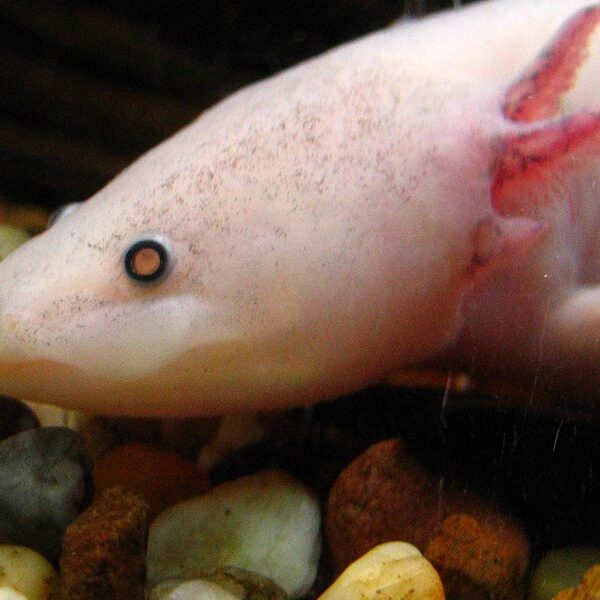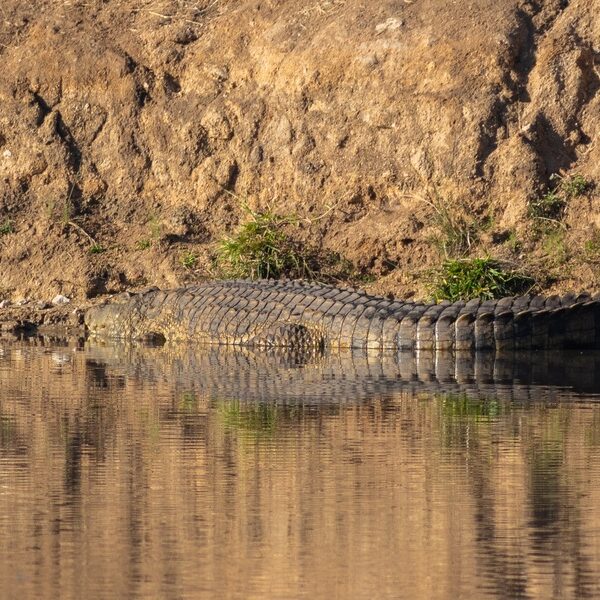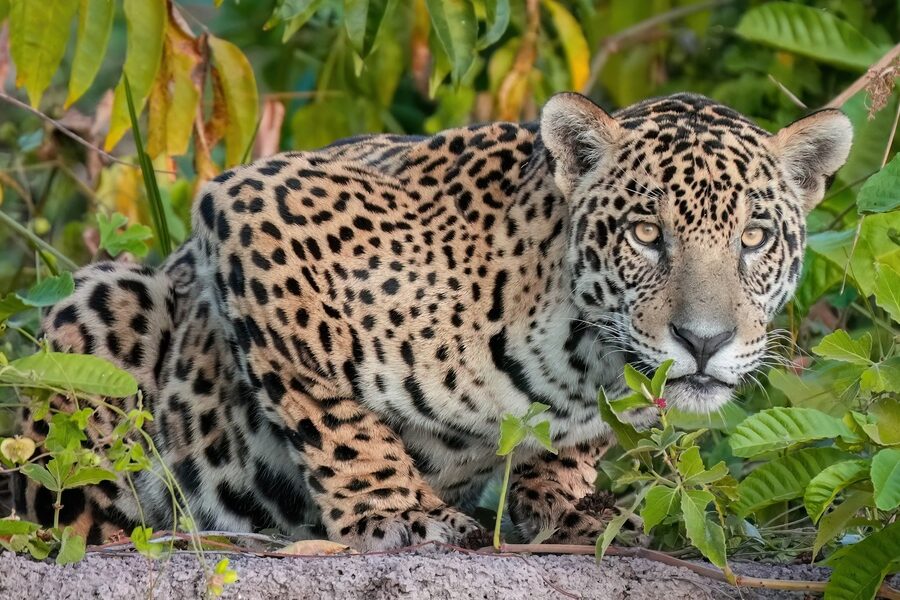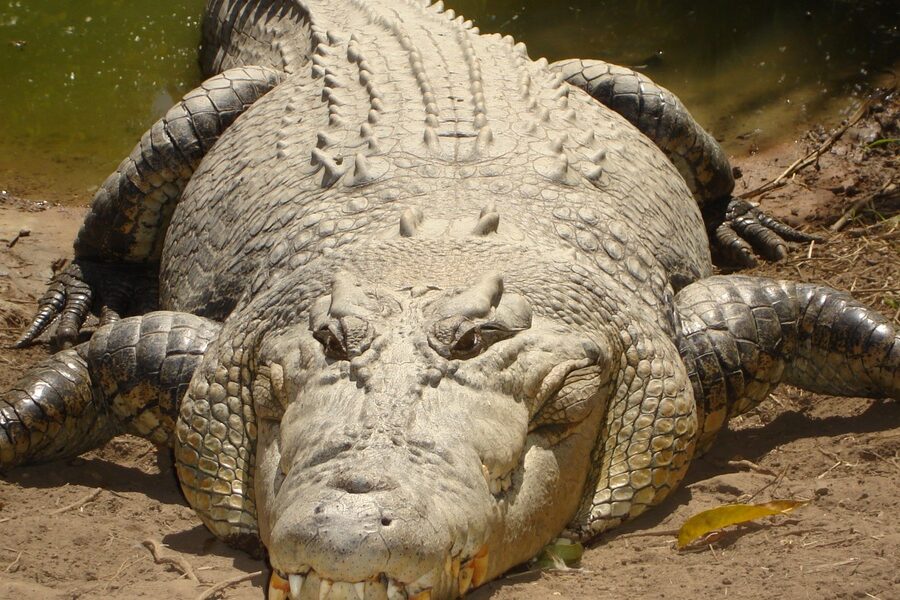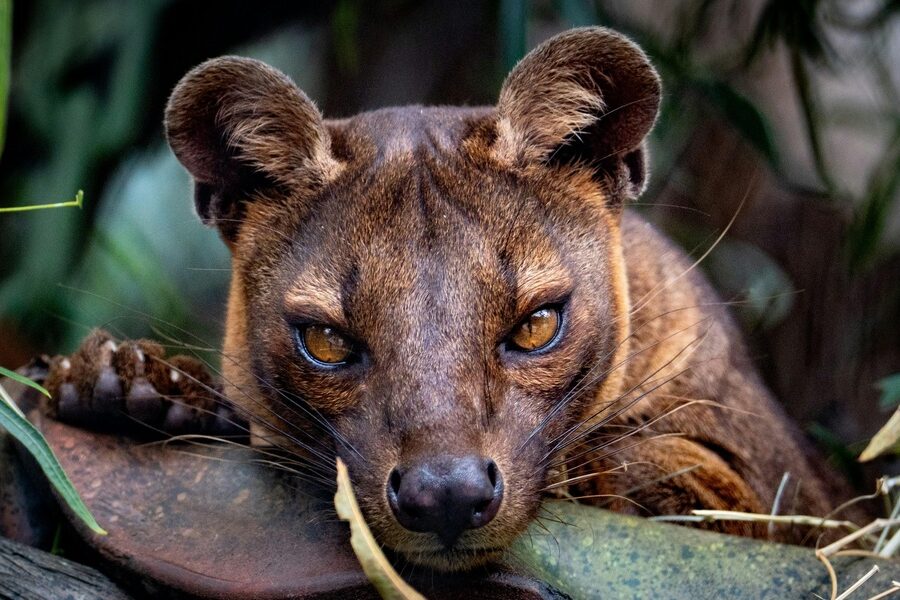Senegal’s mix of Atlantic coastline, wetlands and Sahelian plains supports diverse wildlife — and with that diversity comes animals that can pose health or safety risks. Travelers, residents and field workers all benefit from a quick, location-focused awareness of which species are most likely to cause harm and where.
There are 18 Dangerous Animals in Senegal, ranging from Aedes mosquito (dengue/yellow fever vector) to Tsetse fly. For each species the list is organized by Scientific name, Danger level, Where found in Senegal to help you assess which threats matter in cities, villages or protected areas — you’ll find below.
How likely am I to encounter these animals while traveling in Senegal?
Encounter risk depends on habitat and season: mosquitoes (including Aedes) are common in and near settlements, tsetse is focused in riverine and wooded areas, and large mammals or venomous snakes are more likely in rural or park settings. Urban visitors face mostly insect-borne risks, while safari or rural travel raises exposure to larger wildlife — check local advisories for hotspot areas.
What practical steps reduce the risk from biting insects and larger animals?
Use insect repellent, wear long sleeves and pants at dawn/dusk, sleep under treated nets where malaria or dengue is a concern, ensure routine vaccines (notably yellow fever where recommended) and seek malaria prophylaxis if advised; avoid walking off established trails, keep food secured, and follow park ranger guidance to minimize encounters with larger or territorial species.
Dangerous Animals in Senegal
| Name | Scientific name | Danger level | Where found in Senegal |
|---|---|---|---|
| African elephant | Loxodonta africana | Very high | Niokolo-Koba, riverine forests, savanna |
| Hippopotamus | Hippopotamus amphibius | Very high | Niokolo-Koba, riverine, wetlands, Senegal River |
| Nile crocodile | Crocodylus niloticus | Very high | Rivers, mangroves, estuaries, Casamance, Saloum |
| African buffalo | Syncerus caffer | Very high | Niokolo-Koba, wooded savanna, gallery forest |
| Lion | Panthera leo | High | Niokolo-Koba National Park, protected savanna |
| Spotted hyena | Crocuta crocuta | High | Savanna, near villages, Niokolo-Koba |
| Nile monitor | Varanus niloticus | Moderate | Riverine, mangroves, wetlands, coastal lagoons |
| Puff adder | Bitis arietans | Very high | Savanna, agricultural margins, Sahel fringe |
| Black-necked spitting cobra | Naja nigricollis | Very high | Savanna, farmland, outskirts of settlements |
| Saw-scaled viper | Echis ocellatus | Very high | Sahel, dry savanna, agricultural fields |
| Anopheles mosquito (malaria vector) | Anopheles gambiae | Very high | Nationwide, rural, near standing water |
| Aedes mosquito (dengue/yellow fever vector) | Aedes aegypti | High | Urban areas, coastal towns, standing water, nationwide |
| Tsetse fly | Glossina palpalis gambiensis | Moderate | Casamance, riverine forest, mangroves |
| African honeybee | Apis mellifera scutellata | High | Savanna, farmland, villages, forests |
| Portuguese man o’ war | Physalia physalis | Moderate | Atlantic coast, beaches, surf zones |
| Straw-coloured fruit bat | Eidolon helvum | Moderate | Urban roosts, mangroves, forest edges, Bakel, Dakar |
| Common stingray | Bathytoshia pastinaca | Moderate | Coastal shallow waters, sandy seabeds, estuaries |
| Rhipicephalus tick (vector species) | Rhipicephalus spp. | Moderate | Savanna, cattle areas, grassland, rural |
Images and Descriptions
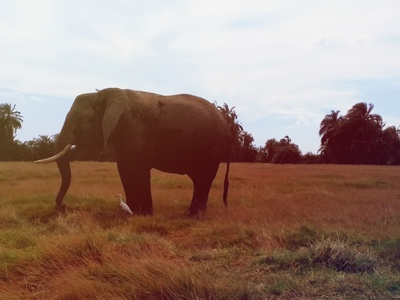
African elephant
Huge, powerful animals that can charge when startled or protecting young; crop raids and ranger fatalities occur. Recognizable by size, trunks, tusks and ear shape; avoid approaching, keep distance and follow park guide instructions.
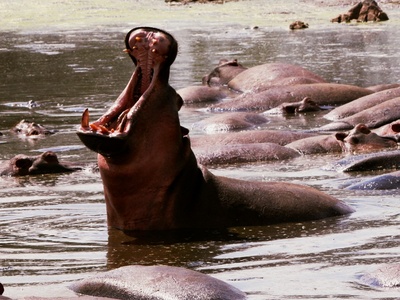
Hippopotamus
Extremely territorial in water; cause numerous fatal attacks when boats or people enter feeding rivers at night. Large barrel bodies, broad heads; avoid riverbanks at dusk or dawn and heed local warnings.
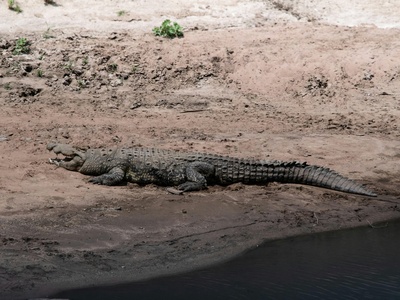
Nile crocodile
Ambush predator that takes swimmers and fishermen from river edges; powerful bite and stealth. Look for broad snout, dorsal scutes; avoid swimming in murky rivers, keep away from riverbanks at night.
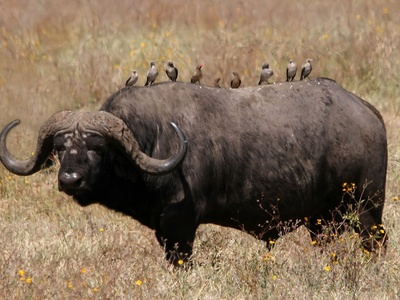
African buffalo
Unpredictable and aggressive when threatened; known to gore and overturn vehicles. Large, heavy-bodied with horns forming a boss; give wide berth, never separate calves from herd, follow park safety rules.
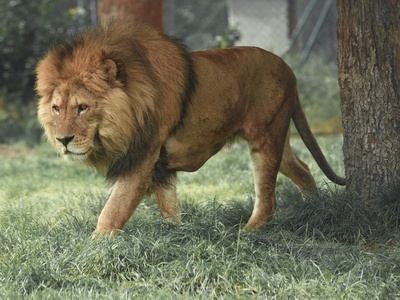
Lion
A large predator; attacks on humans are rare but possible near villages or during dusk. Tawny coat, males with mane; avoid walking alone at night, camp in designated areas with guides.
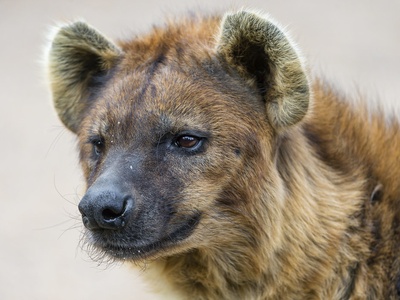
Spotted hyena
Scavengers and hunters that may threaten unattended children or livestock; can be bold around settlements. Spotted coat, sloping back, loud whoops; secure food, avoid leaving children unsupervised at night.
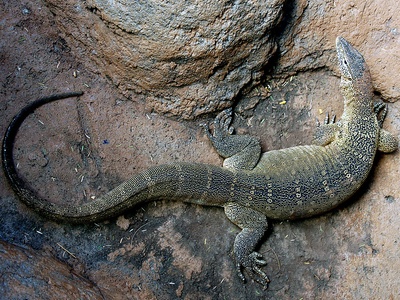
Nile monitor
Large lizard that can bite deeply and carry bacteria; may be aggressive if cornered. Long body, powerful tail and forked tongue; do not handle, keep distance from nests and rocks along water.
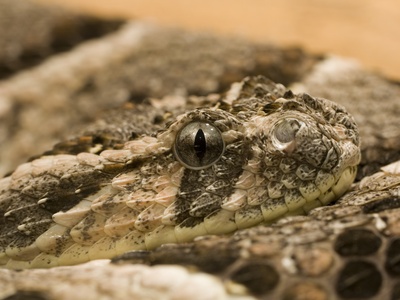
Puff adder
Common, camouflaged viper causing many snakebite incidents; venom can be life-threatening. Stocky, patterned body; watch where you step, use torch at night, wear boots and seek immediate medical care for bites.
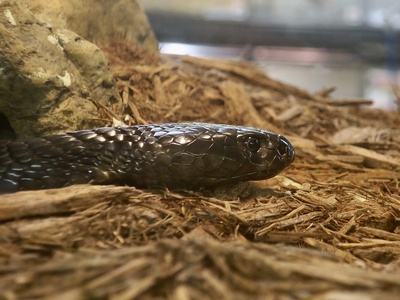
Black-necked spitting cobra
Spits venom into eyes and can bite; causes pain, blindness risk without treatment. Hooded snake with dark neck band; avoid cornering, back away slowly, rinse eyes with clean water and get medical help.
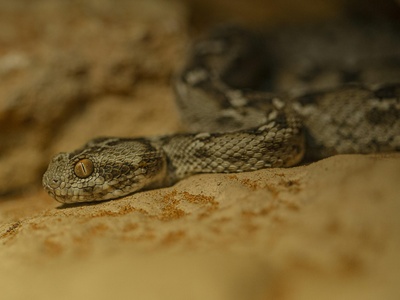
Saw-scaled viper
Small but extremely venomous; responsible for many rural bites at night. Keeled scales and rapid s-shaped movement; sleep off ground, shake out shoes, seek antivenom promptly after bite.
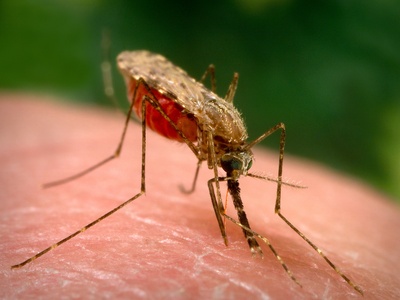
Anopheles mosquito (malaria vector)
Primary transmitter of malaria in Senegal; bites at night and can cause severe illness or death without treatment. Small, dark mosquito with spotted wings; use nets, repellents, and prophylaxis where recommended.
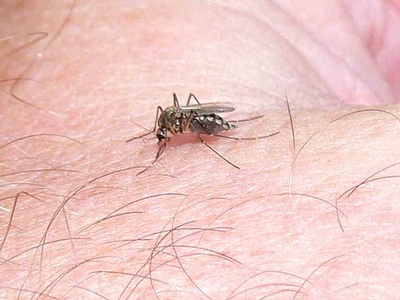
Aedes mosquito (dengue/yellow fever vector)
Day-biting mosquito that spreads dengue and yellow fever; breeds in small water containers. Distinct black-and-white banding; use repellents, wear long sleeves, eliminate standing water and vaccinate for yellow fever if recommended.
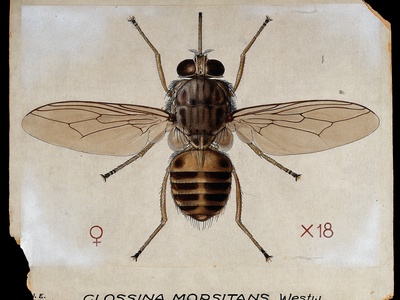
Tsetse fly
Blood-sucking fly transmitting trypanosomiasis; bites painful and may cause sleeping sickness though human cases are now rarer. Small brown fly with proboscis; avoid thick vegetation, wear neutral-colored clothing and insect repellent.
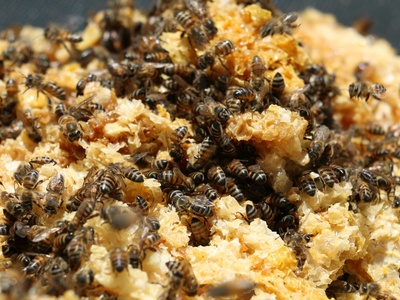
African honeybee
Highly defensive bees that can swarm and inflict many stings, sometimes fatal in allergic victims. Similar to other honeybees but can be more aggressive; avoid disturbing hives, move calmly away from swarms, seek medical help for multiple stings.
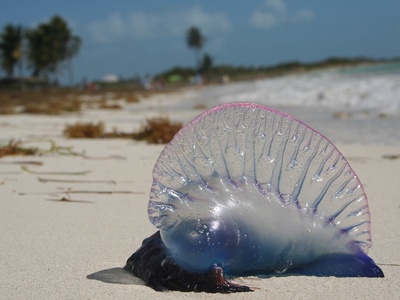
Portuguese man o’ war
Siphonophore with long tentacles causing severe painful stings and systemic reactions. Iridescent float with trailing tentacles; avoid touching washed-up specimens, seek vinegar and medical care for significant stings.
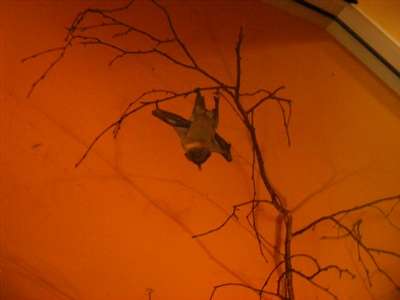
Straw-coloured fruit bat
Large bat species that can carry zoonotic viruses, including rabies-related lyssaviruses; direct attacks rare. Large eyes, fruit-eating habits; avoid handling bats and report sick or dead animals to health authorities.
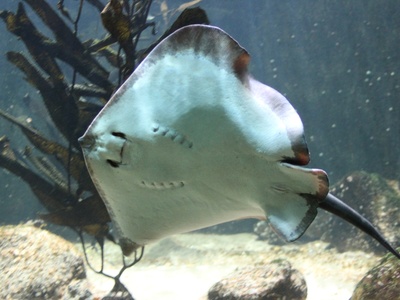
Common stingray
Stingrays buried in sand can inflict painful, venomous tail wounds when stepped on. Flat diamond-shaped body with whip-like tail; shuffle feet when entering shallow water, wear protective footwear and seek prompt medical care for stings.
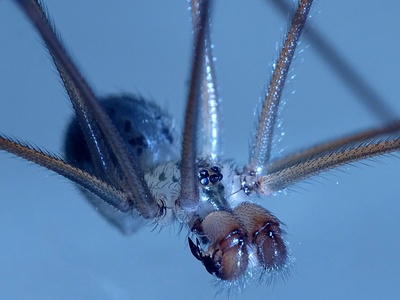
Rhipicephalus tick (vector species)
Ticks transmit tick-borne fevers and can carry Rickettsia and Crimean–Congo viruses; bites may cause illness. Small, eight-legged parasites on vegetation and livestock; use repellents, check skin after outdoor activities, treat livestock and see a doctor for fever.
